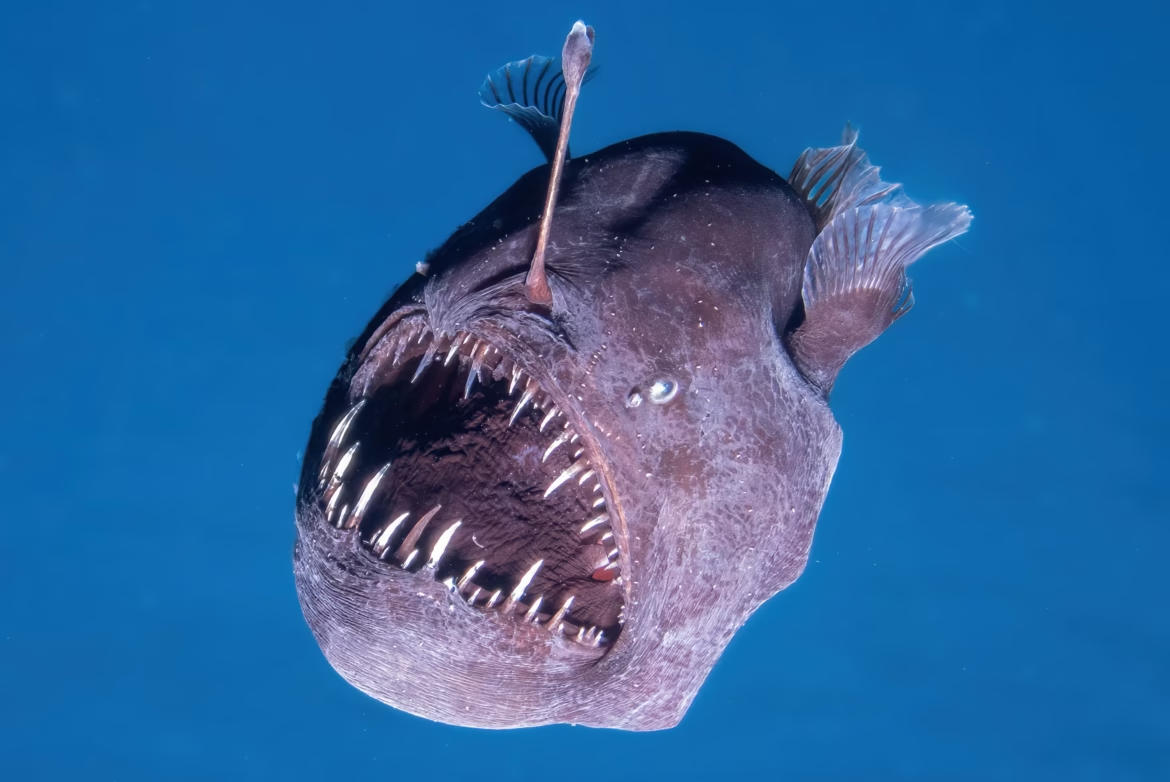Your blog category
The sudden appearance of deep-sea creatures on beaches has puzzled scientists and beachgoers alike. These mysterious marine beings, typically residing in the dark and cold depths of the ocean, are now being found washed up on shores worldwide. While their emergence might seem strange, environmental and human-induced factors provide several explanations for this phenomenon. From climate change to underwater disturbances, multiple factors are altering marine ecosystems, forcing deep-sea creatures to move towards the surface and coastal areas.
Unusual Sightings of Deep-Sea Creatures on Shores
In recent years, reports of deep-sea animal washing up on beaches have become more frequent. From giant squid to bizarre-looking fish, these deep-water dwellers are appearing in places where they are rarely seen. Many experts believe that these occurrences are not random but rather a result of significant environmental changes affecting the world’s oceans.
One of the main reasons behind this trend is rising ocean temperatures due to climate change. The deep sea is a highly stable environment, with consistent temperatures and pressure levels. However, global warming is disrupting these conditions, making certain regions of the ocean uninhabitable for marine species. As temperatures rise, deep-sea creatures may be forced to migrate to shallower waters in search of cooler and more stable environments. This movement increases their chances of being carried by currents towards beaches.
Additionally, underwater seismic activities, such as earthquakes and volcanic eruptions, can disturb the ocean floor and displace marine life. When the seafloor shakes, it can create powerful currents that push deep-sea creatures to the surface. These animals, which are not adapted to survive in low-pressure environments, often become disoriented and die, eventually washing up on beaches.
How Climate Change and Human Activities Impact Deep-Sea Creatures
Climate Change and Its Effect on Marine Ecosystems
The impact of climate change on marine ecosystems is one of the most significant reasons why deep-sea creatures are suddenly appearing on beaches. As global temperatures rise, ocean currents shift, leading to disruptions in deep-sea habitats. Warmer waters cause oxygen levels to decrease, making it harder for marine life to survive in their usual environments.
Many deep-sea species rely on cold, oxygen-rich waters to thrive. When these conditions are altered, marine creatures must migrate to find better living conditions. Unfortunately, this often means moving into shallower waters where they struggle to adapt, leading to more frequent strandings on beaches.
Ocean acidification, another consequence of climate change, also plays a role. Increased carbon dioxide levels in the atmosphere dissolve into seawater, causing acidity levels to rise. This chemical change can weaken the shells and skeletons of marine organisms, making them more vulnerable to environmental stress and forcing them to move away from their natural habitats.

Human Activities and Their Impact on Deep-Sea Life
Aside from climate change, human activities such as pollution, overfishing, and deep-sea mining are contributing to the displacement of deep-sea creatures.
- Pollution: The increasing amount of plastic waste, chemical pollutants, and oil spills in the ocean is devastating marine life. These pollutants can poison deep-sea creatures or disrupt their natural behaviors, leading them to migrate towards the surface. Microplastics, in particular, are ingested by marine organisms, often causing fatal consequences.
- Overfishing: Large-scale fishing operations, especially bottom trawling, have a significant impact on deep-sea ecosystems. This destructive method involves dragging heavy nets across the ocean floor, destroying coral reefs and disrupting entire marine communities. As a result, deep-sea creatures lose their habitats and are forced to move into unfamiliar areas, increasing their likelihood of washing up on beaches.
- Deep-Sea Mining: The extraction of minerals from the ocean floor is another growing concern. Mining operations disturb the delicate balance of deep-sea ecosystems, releasing sediment clouds that can suffocate marine life. The noise and vibrations from mining machinery also disrupt deep-sea creatures, potentially forcing them to flee to shallower waters.
Notable Cases of Deep-Sea Creatures Washing Ashore
There have been numerous cases of deep-sea creatures appearing on beaches around the world, often leaving scientists and locals baffled.
- The Giant Squid in Spain (2023): A giant squid measuring over 10 feet was discovered on a beach in Spain. Experts believe warming ocean currents and underwater seismic activities may have played a role in its stranding.
- The Oarfish in the Philippines (2020): Oarfish, often called “earthquake fish,” were found washed up on the shores of the Philippines, leading to local speculations about an impending earthquake. Scientists suggest these deep-sea dwellers were displaced due to underwater disturbances.
- The Fangtooth Fish in California (2018): This rare deep-sea predator, known for its terrifying appearance, was found on a California beach. Researchers suspect changes in ocean temperature and pressure may have caused it to surface.
What Can Be Done to Protect Deep-Sea Ecosystems?
The increasing presence of deep-sea creatures on beaches is a concerning sign of oceanic distress. While some natural events may contribute to these occurrences, human activities remain a major cause. Taking action to protect marine ecosystems is crucial to preventing further disruptions.
Steps to Help Protect Deep-Sea Life:
- Reduce Carbon Emissions: Cutting down on greenhouse gas emissions can slow down climate change and its effects on ocean temperatures. Supporting renewable energy and reducing fossil fuel consumption are essential steps.
- Combat Ocean Pollution: Proper waste management, reducing plastic usage, and enforcing stricter regulations on industrial waste disposal can help minimize marine pollution.
- Sustainable Fishing Practices: Governments and industries must regulate fishing activities to prevent overfishing and habitat destruction. Supporting sustainable seafood choices can also make a difference.
- Regulate Deep-Sea Mining: Stricter policies and careful assessments are necessary before allowing deep-sea mining projects that could harm fragile ecosystems.
Conclusion
The sudden appearance of deep-sea creatures on beaches is a wake-up call to the ongoing environmental changes affecting marine life. Climate change, pollution, overfishing, and deep-sea mining are all contributing to the displacement of these fascinating creatures. While some strandings may be due to natural events, the increasing frequency of such incidents highlights the urgent need for conservation efforts. Protecting deep-sea ecosystems is crucial for maintaining the delicate balance of marine life and ensuring that these mysterious creatures remain in their natural habitats rather than washing up on our shores.















